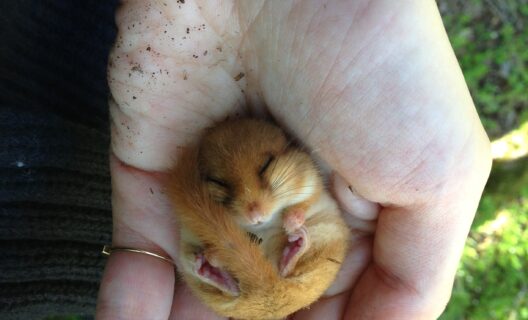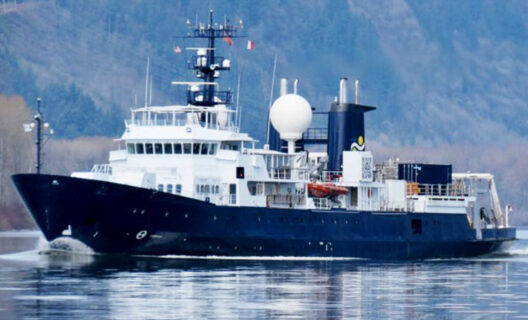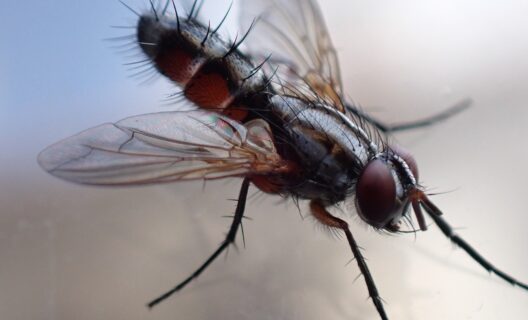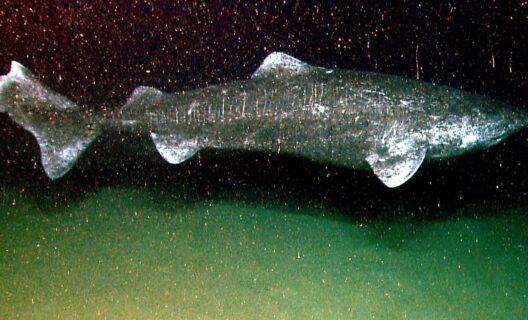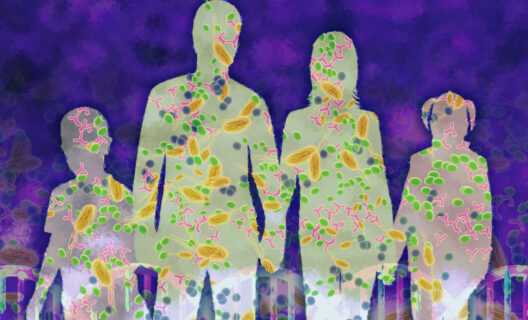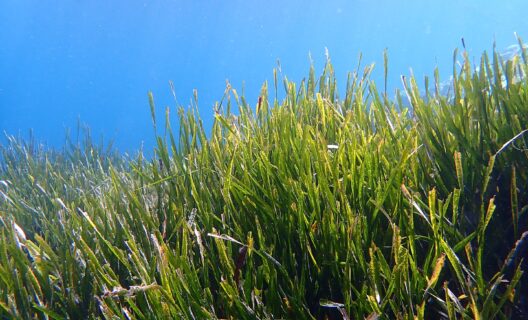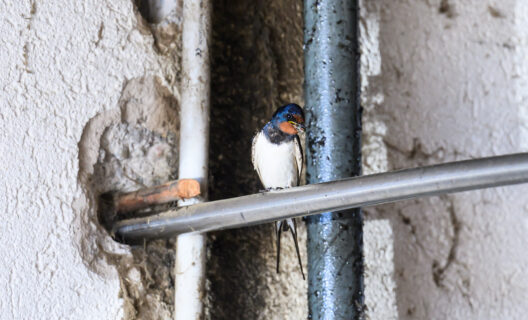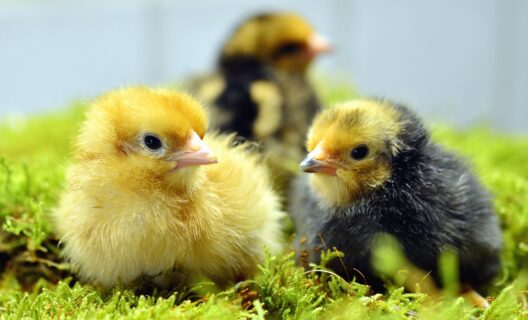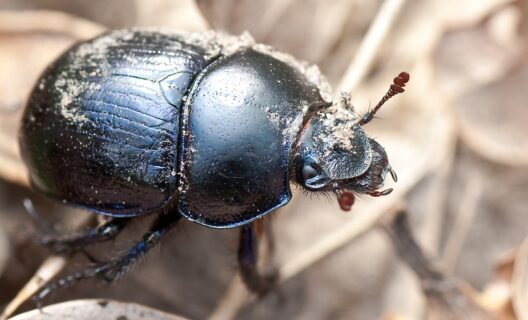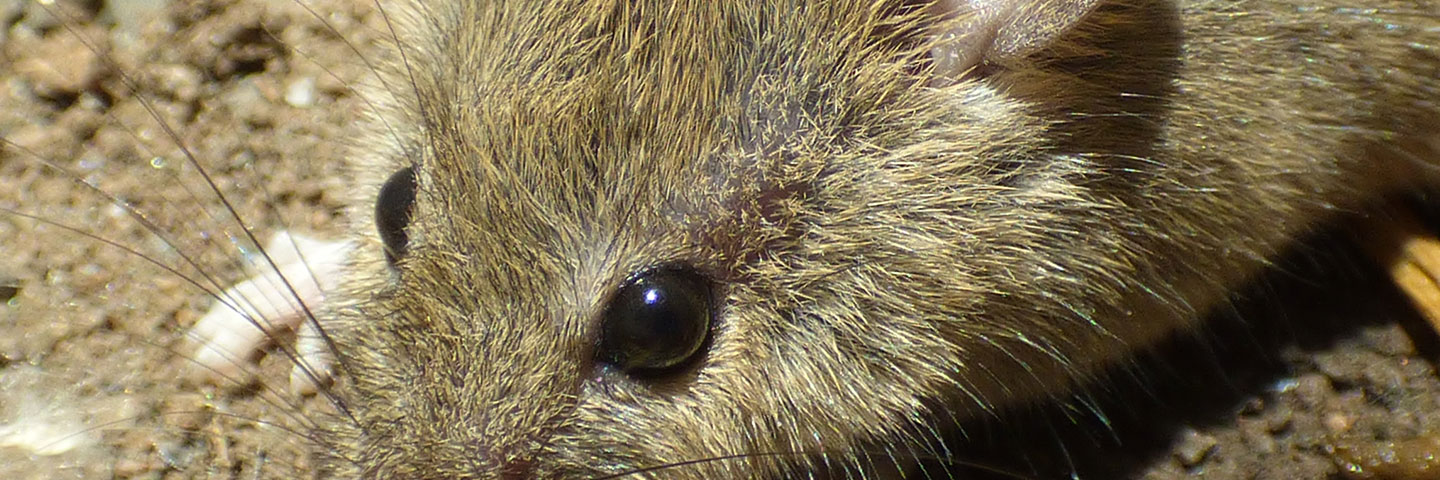
Italian islands, resistant mice
Reading time
0 min
Research identifies genetic mutations in seven island areas that cause rodenticide resistance
Resistance to rodenticides, or pesticides used to eliminate or repel the presence of rodents, is a widespread phenomenon on Italian islands. This is the finding of a study, published in Science of the Total Environment, by a group of researchers from CNR-Iret and La Sapienza University.
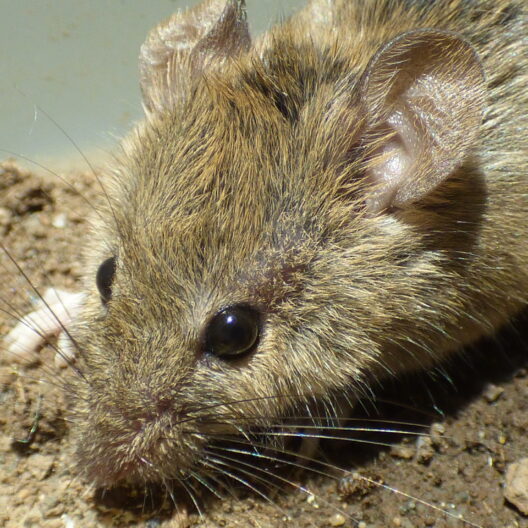
Credit: Rudolphous – iNaturalist – CC 0Rudolphous – iNaturalist – CC 0
The mouse: an invasive species
That of mice is a pressing problem. The Western European house mouse, Mus domesticus, is among the most widespread synanthropic (i.e., living in environments with persistent human activity) mammals in the world. The IUCN (International Union for Conservation of Nature) lists it among the world’s 100 most invasive species.
As with many other invasive rodents, the impact of this species can be even more critical on islands: they prey on native species (endemic plants, invertebrates, birds, and reptiles), altering the ecosystem; they damage food supplies; and they transmit zoonoses to humans. To control rat populations, anticoagulant rodenticides are commonly used.
Genetic mutation and its consequences
Now the new investigation reveals that, in seven of the 11 Italian islands examined, rodents have mutated the VKORC1 gene. Six of these mutations had never been recorded before in domestic mice, and four of them had never been found in any rodents.
Mutations in the VKORC1 gene confer resistance to anticoagulant rodenticides, with the result that the latter must be used in increasingly higher doses to be effective.
And here the situation becomes more complicated. First, because the use of these pesticides can have heavy consequences on the environment by poisoning non-target species: they can be accidentally ingested by other animals (invertebrates, reptiles, birds, and mammals), either by direct consumption of the baits or by predation on the poisoned rodents. These substances can also accumulate in the tissues of animals that ingest them, even at low dosages, and transfer up the food chain, reaching high concentrations in apex predators.
And they can, as research shows, encourage the selection of resistant individuals, triggering a vicious cycle: decreasing the effectiveness of treatments, increasing the use of rodenticides, and increasing the impact on the environment.
For a more cautious and effective future
Scientists involved in the study highlight the need to adopt a more conscious approach to rodent management, especially on islands, where ecosystems are particularly vulnerable to external disturbances. This can be done by adopting prevention measures such as proper waste management, building conservation and promoting biological control methods such as the use of natural predators.
In addition to suggesting the use of new-generation rodenticides with less environmental impact, the authors point out that it is strategic to conduct resistance screening: if the presence of resistant individuals in the rodent population to be controlled is assessed before any intervention is undertaken, it will be possible to choose the most effective active ingredient and the most appropriate dosage, minimizing the amount of substance to be released into the environment.


